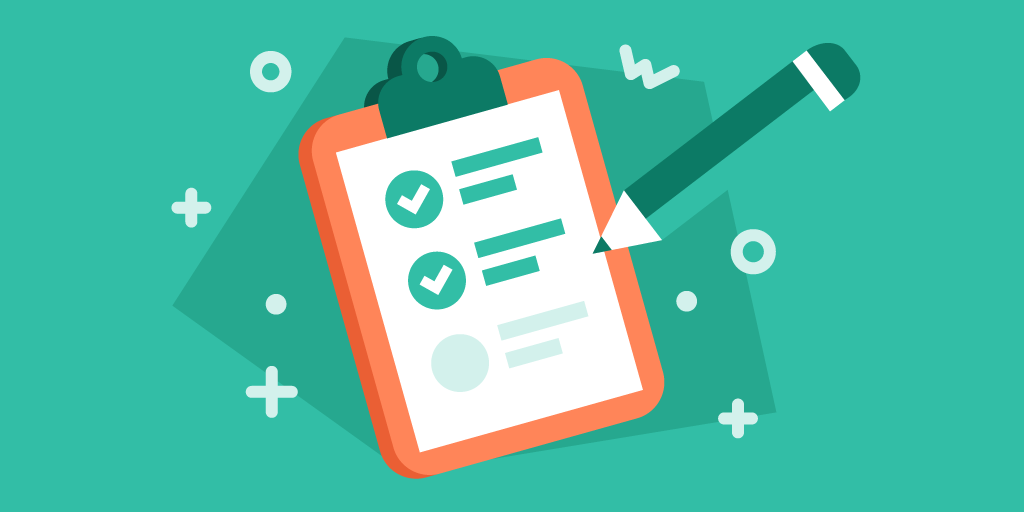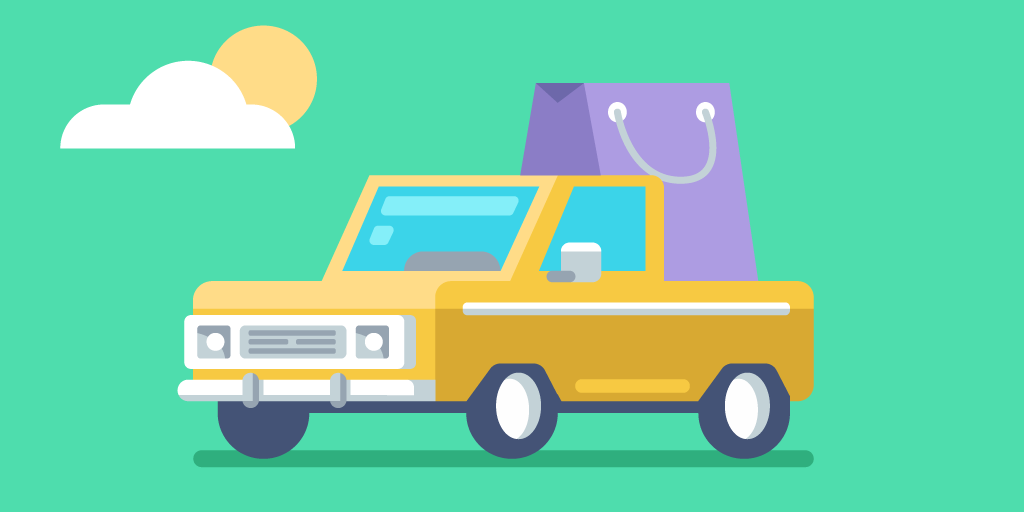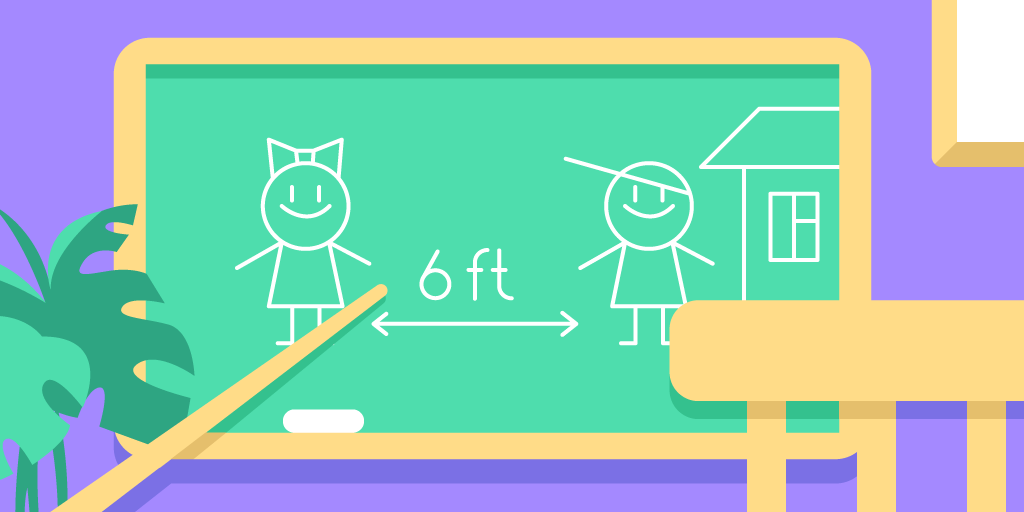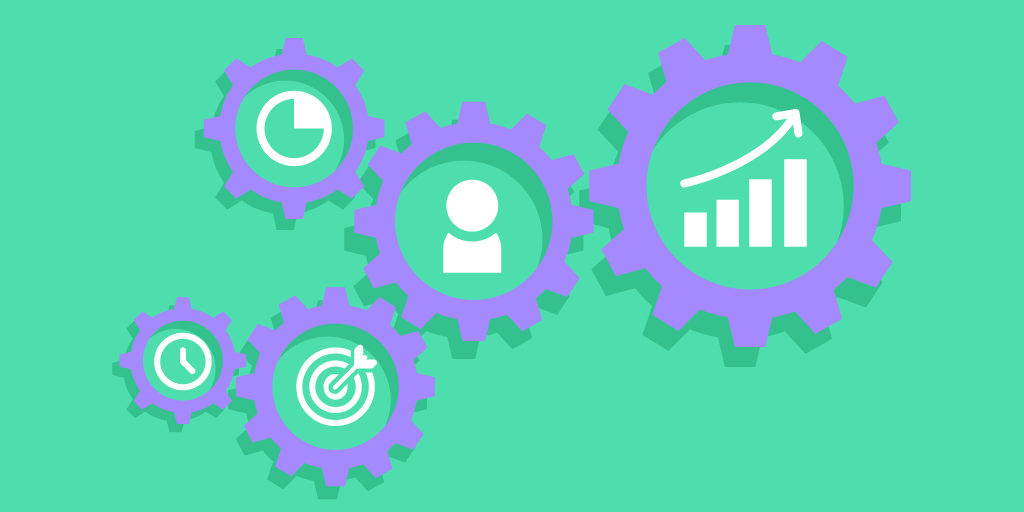Due to the COVID-19 pandemic, businesses have to comply with restrictions on the number of visitors, based on the new government social distancing regulations.
Having to control the amount of visitors poses a problem for essential public service providers, such as:
Pharmacies
Petrol stations
Supermarkets
Hospitals, clinics and vet shops
Banks
Government offices
These businesses cannot provide their services online and require physical visits — which, in turn, may lead to overcrowding.
To ensure that people are as spaced out as needed, businesses turn to occupancy monitoring. By measuring, and limiting, the number of people who can visit a location at any one time, companies
This is why traffic counting technologies, or people counters, play an increasingly important role in today’s customer service.
How people counters work
Occupancy counters are usually installed at the entrances or other key points, and monitor the number of people who pass a certain threshold.
The basics are the same for most types of people counters, but there are slight differences in the way they detect visitors.
Thermal sensors register new visitors by detecting their body heat as they walk past the sensor.
Video camera door counters get an accurate foot traffic count through visual means. The difference between a video camera sensor and security cameras is that the former do not capture the people’s images.
Break-beam sensors keep count of visitors by detecting motion. They send a beam of light, invisible to a naked eye, and register each time the beam of light is crossed.
WiFi sensors and bluetooth beacons count people by connecting with their mobile devices. Both types of sensors rely on visitors’ smartphones to be enabled.
The benefits of a footfall counting system
The advantages of incorporating a people counting system are numerous.
1. Track how many people visit your store
The main function of a footfall counter is to capture the flow of customers entering a location over a period of time.
This helps determine, with reasonable accuracy, the in-store activity.
2. Measure the behavior of visitors at the location
By observing the movement of visitors inside the store, you can understand their behavior patterns en masse. This includes:
Dwell time
Conversions
Walkaways
While the measurements are general, due to the anonymous nature of the data taken with people counters, they offer enough marketing insight.
3. Capture live and historical data
Non-behavior data is also quite useful. Knowing your peak times or lowest-performing hours could help location managers and administrators make operational decisions.
The so-called predictive occupancy analytics is of great help when determining staff schedules, shifts, and the volume of on-site staff.
4. Respect your visitors’ anonymity
People-counting sensors are GDPR-compliant and respect shopper privacy. No images of visitors’ faces are captured, as the recording is usually done from above or through non-visuals means.
5. Manage the occupancy level of the location
People counting systems not only let you measure, but also manage, the number of visitors at your location. The software shows you live occupancy numbers and updates them in real time.
Depending on the type of your people counting system, it may even send out an automatic notification to your team, alerting them of the critical number of visitors.
All you need to do is set up an occupancy threshold, and the people counter will automatically notify you when the capacity levels are at maximum or exceeded.
This is especially helpful in the current circumstances, where “better safe than sorry” may as well be the corporate motto of all essential services.
The cons of people counters
With all that being said, there are certain disadvantages to using people counting sensors.
For one, the capital and labor investment in setting up people counting software may be too much for some businesses.
The installation process is time-consuming and requires hiring, and possibly keeping on-site, a team of professionals.
The sensors themselves cost upwards of hundreds of dollars each. Locations with more than one entrance will need to install more sensors, as well. But the final price tag includes the software license too, which needs to be renewed yearly.
Secondly, people counters don’t let you learn anything about your foot traffic’s demographic data. As they strive to be GDPR-compliant, they only record the amount of visitors, not their identity.
As such, they don’t give businesses further insight into the behavior patterns of their customers.
Lastly, WiFi and bluetooth sensors have the distinct disadvantage of relying on the visitors’ devices. If visitors were to turn off their WiFi or bluetooth settings, they would be effectively invisible to the people counter.
As a result, you will get inaccurate foot traffic data, which makes installing footfall counters pointless in the first place.
A Cost-Effective Alternative to People Counters
One way for businesses to counteract the cons of people counters, while still being able to manage the number of visitors, is to employ digital queue management.
Instead of a system taking note of new customers, you can give your visitors the means to register themselves — via a sign-in kiosk at the entrance joins a virtual queue. (NB: As the screen is frequently interacted with, you need to wipe it down with alcohol-based solutions.)
For a 100% touchless option, there is a QR code which customers can scan with phones to be redirected to your location’s Visit Planner page.
Visit Planner is a web page that shows the occupancy level of your service location:
how many visitors it currently has
the average wait time
working hours
Basically, it informs customers whether it is safe to enter the location at this time, based on the current occupancy.
Visit Planner also calculates the best time to queue up for service — which customers can do right there, via a web-based sign-in option.

Once entered into a queue, the visitor gets to wait until their turn at home, outside, or in their car. Moving the waiting area into the digital sphere means zero risks of overcrowded locations.
When the turn finally arrives, the visitor will get a notification and enter the location for service. Alternatively, you can change your delivery method to curbside pickup, which would mean even fewer direct interactions between the customer and staff.
If the number of customers is too big for you to handle, you can always change the open hours in your Visit Planner and temporarily switch the sign-in off. This way, you can prevent more visitors from registering as you’re managing your current customers.
Digital queues also give you more useful data when it comes to shoppers and their patterns. By setting up specific fields for them to fill during sign-in, you can learn more about them, their needs and demands.
All in all, using digital means of queuing helps automate and simplify the process of social distancing and one-in-one-out policies. As a result, there may not even be a need for people counters at all.
Only you know your business and your customers enough to understand which people-counting technology would suit your needs.
Get a free 14-day trial of Qminder to see if it's something that could help you. We are working closely with, among other, healthcare companies to come up with new ways for safer, more efficient queue methods.
Staying in touch with customers in a zero-touch environment is what we want our clients to excel at. Contact us, and we will guide you every step of the way.






